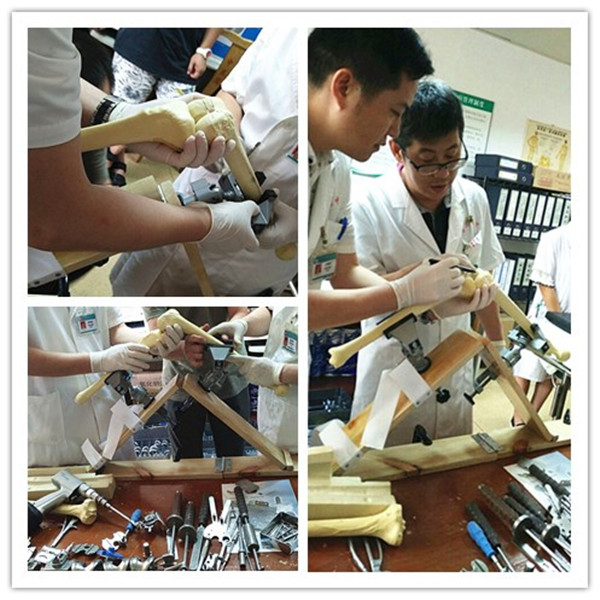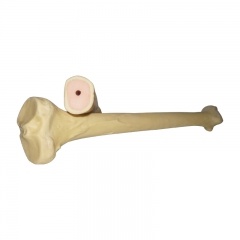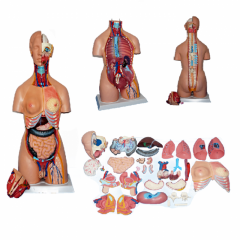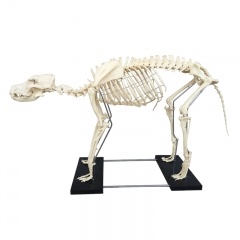The doctors were practicing with our products ---- simulated bone before orthopeadic surgery.
Changing patterns of health care delivery and the rapid evolution of orthopaedic surgical techniques have made it increasingly difficult for trainees to develop expertise in their craft. Working hour restrictions and a drive towards senior led care demands that proficiency be gained in a shorter period of time whilst requiring a greater skill set than that in the past. The resulting conflict between service provision and training has necessitated the development of alternative methods in order to compensate for the reduction in ‘hands-on’ experience. Simulation training provides the opportunity to develop surgical skills in a controlled environment whilst minimising risks to patient safety, operating theatre usage and financial expenditure. Many options for simulation exist within orthopaedics from cadaveric or prosthetic models, to arthroscopic simulators, to advanced virtual reality and three-dimensional software tools. There are limitations to this form of training, but it has significant potential for trainees to achieve competence in procedures prior to real-life practice. The evidence for its direct transferability to operating theatre performance is limited but there are clear benefits such as increasing trainee confidence and familiarity with equipment. With progressively improving methods of simulation available, it is likely to become more important in the ongoing and future training and assessment of orthopaedic surgeons.
Orthopaedic surgery lends itself to simulation training better than many other medical or surgical specialties due to consistency in skeletal anatomy and has been employed in various forms for decades.
Simulation is likely to become an increasingly utilised method of gaining experience, with new trainees being exposed to it from as early as medical school.













